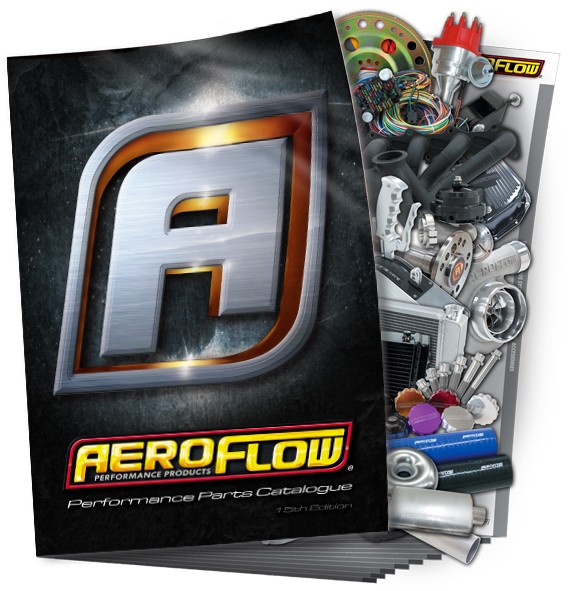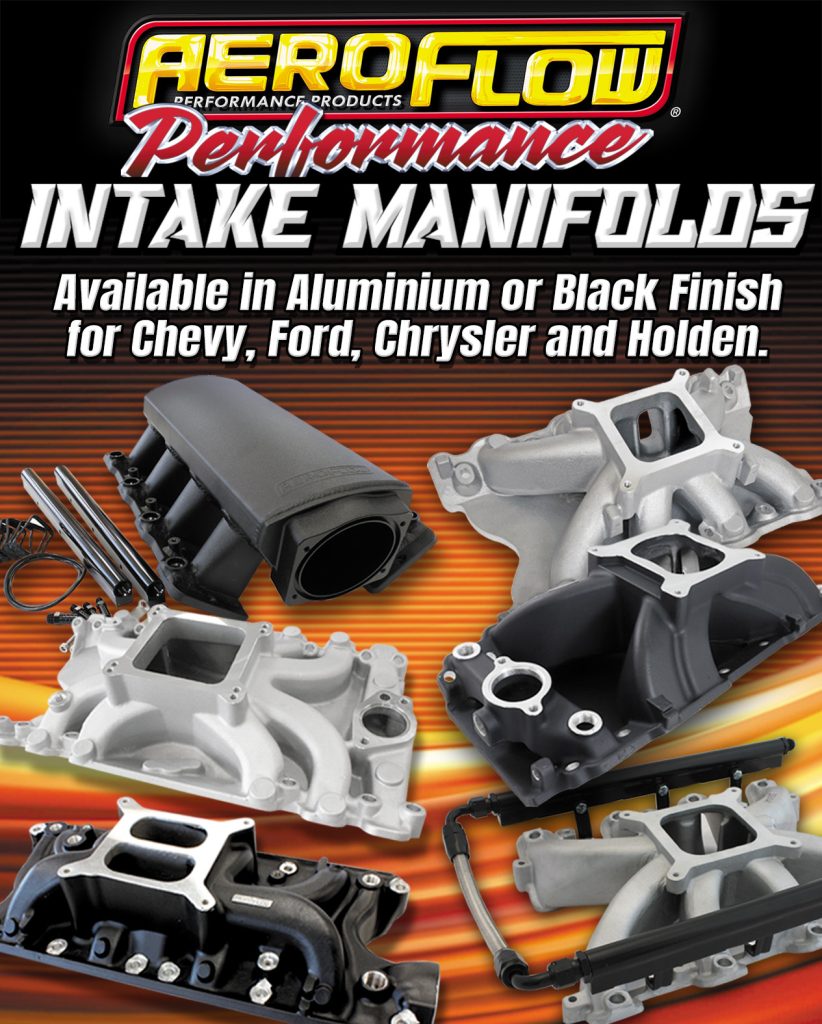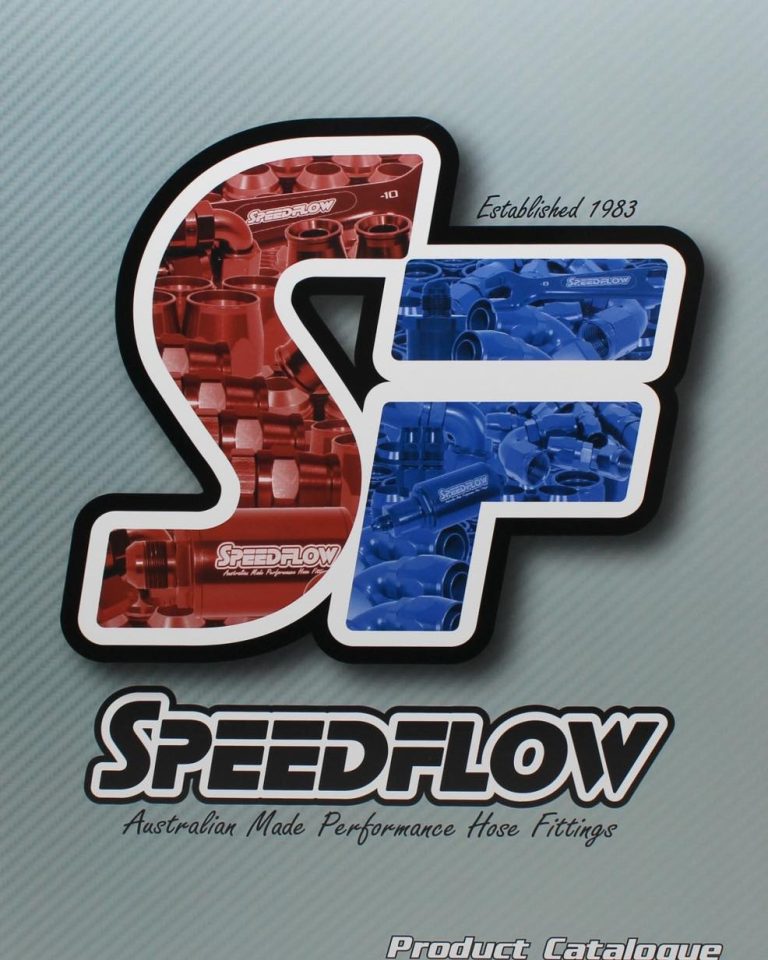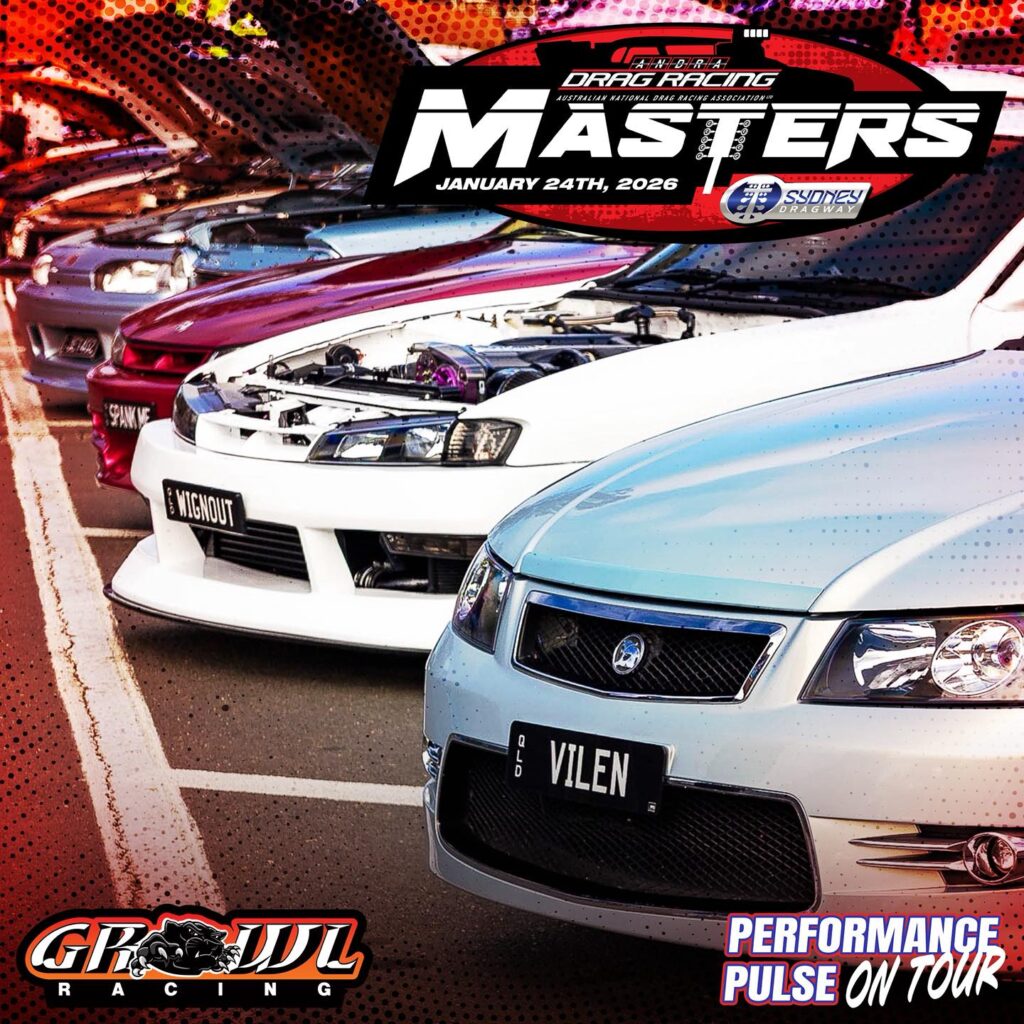
When the US Army announced they would no longer be sponsoring Don Schumacher Racing after 18 years with the team, there was a surprising amount of negativity from punters.
Strangely, the negativity was not around the Army ending the sponsorship, but around the sponsorship actually existing in the first place.
There seems to be much misunderstanding of how sponsorship actually works, and a lot of jealousy in this whole deal.
The Army has a marketing budget for recruiting. The Army then decides how best that recruitment budget is spent. If you aren’t recruiting, you aren’t adding new people to the military.
They have many ways to do this. One way is TV ads, while another is activations like we see at the NHRA. At NHRA events, they have a team of military members in their activation area encouraging people to come and try out some physical activities or simulators, and leave their details. Those details enable the Army to target these people for recruitment, as they showed an interest in the display.
The Army decided that drag racing gave a good return on recruitment for the budget they were investing for the past 18 years. Even when all other motorsports were cut in 2012, including NASCAR, the Army kept the NHRA and DSR sponsorship in place. For whatever reason, that return on investment has declined and now they will look at other areas to spend this recruitment budget.
This sponsorship was not a donation to DSR and the NHRA. They were providing a service, no different to a TV station accepting payment for advertising. If it didn’t work, the Army would not have spent the money.
The only difference now is that instead of a drag racing team having a major sponsor, the money will go to a TV station or a baseball team or provide support for a trade show – any other number of options.
Many people are saying they would like to see the money redirected to veterans or more ‘ethical’ uses. That is not how this works. Recruitment is a necessity for the US Army, the same as researching new communications equipment or supplying soldiers on the front line. And good recruitment means marketing, as the military exists in an environment where there is competition for people’s talents from many other sources. They’re aiming to convince potential recruits to choose the military over college, a trade or any sort of private sector role. They’re even in competition against other branches of the military.
The budget that was designated for sponsoring a drag racing team can not magically be funnelled into anything you choose. Not veterans, not schools, not national parks, not even a different part of the US Army’s operations.
There was also a surprising amount of resentment for the US Army choosing to sponsor Don Schumacher’s race team, given his independent wealth. It’s no secret that Schumacher is not short of a dollar. When the US Army initially got involved with drag racing, they needed to know the team they were backing would be stable, professional and well funded regardless – a team that could represent such a significant brand. They have a massive reputation to protect. That does not suit a privateer team. It does suit a businessman like Schumacher.
Sponsorships end. Eventually you have drawn on a certain market long enough and returns will diminish. Sponsorship needs a business case. An 18 year sponsorship does not deserve to end with jeers from social media critics. It’s a remarkable lifespan in a time when many sponsorships will only last for a handful of years before they move on to the next thing. Eighteen years demonstrates there was a return on investment achieved together with DSR and the NHRA.
Thank you to the US Army and all other sponsors past and present for their support of drag racing. Who knows, maybe we will see you again in the future.
– Luke Nieuwhof















